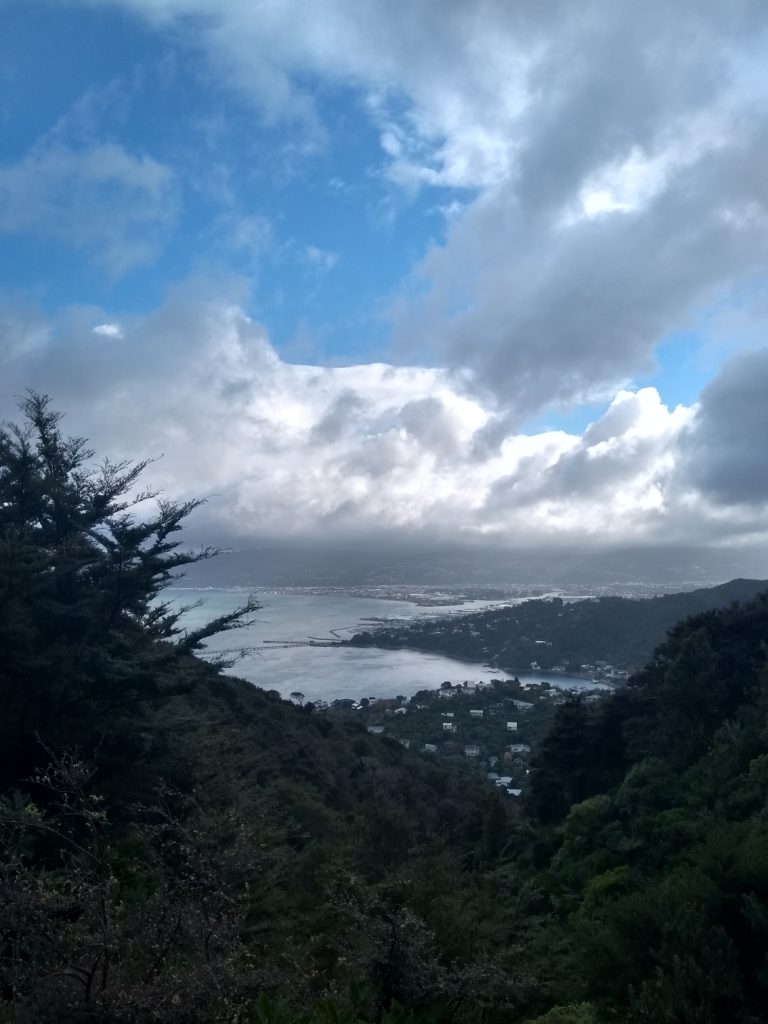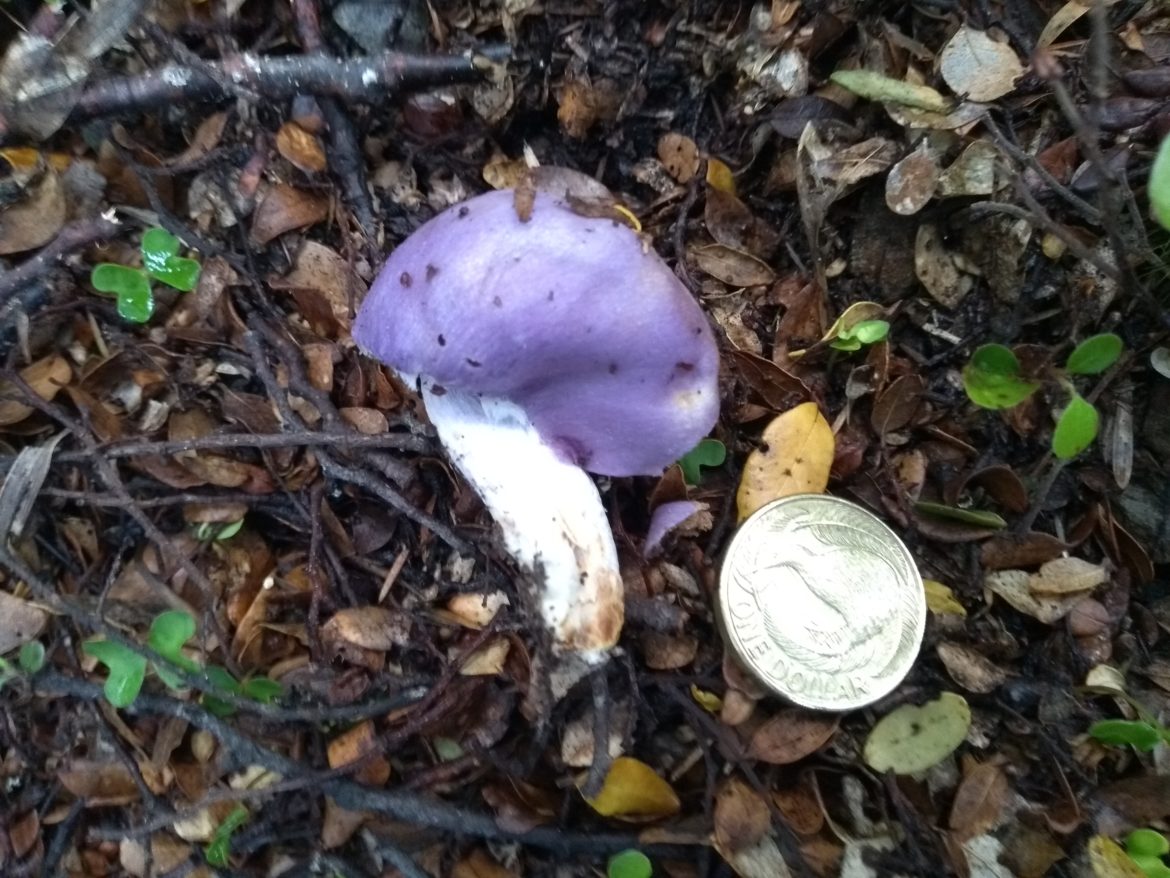The King’s pouch fungus (photo Geoff Ridley)
Back in 2012 I read about the half-life of facts. That is the period of time it takes for half the facts in a field of study to no longer be true. To no longer be a fact. It was a revelation in the sense that I was aware that facts were often proved wrong, but I had never thought about it on a bigger scale. It was a useful revelation at the time as I often had “the facts” shoved in my face and I could respond with “well, at least for now”.
Over the last twenty years molecular techniques have been used in systematics to look at populations of living things and to re-evaluate many of our species concepts. As new techniques are applied, we see many of the old names disappear and a lot of complaints especially from gardeners.
I was lucky enough to have been involved, in a small, way on the re-evaluation of Cortinarius porphyroideus or the King’s pouch fungus which has just been published. It was first described and named ninety-six years ago from the hills on the eastern side of Port Nicholson. It was distinctive, a purple ball on a stem, and was collected from southern beech forest the length and breadth of New Zealand. It was a fact because it even appeared on a postage stamp.
However, when the molecular analysis was carried out it created a purple haze of uncertainty. There were at least five species! But which one was the King’s pouch? After some tricky technology (read the paper) we now know, well, at least for the moment, that the King’s pouch is only to be found in the eastern hills of Port Nicholson. A stone’s throw from Parliament.

So, the facts have changed. What was a common and widespread organism is now a localised and rare? It is possibly even meeting the criteria of a threatened species. And it leaves us with the question of what is the fungus on the postage stamp?
I have also blogged about Esmond Atkinson who first found the King’s pouch in 1922.
Andy R. Nilsen, Xin Yue Wang, Karl Soop, Jerry A. Cooper, Geoff S. Ridley, Michael Wallace, Tina C. Summerfield, Chris M. Brown & David A. Orlovich (2020): Purple haze: Cryptic purple sequestrate Cortinarius in New Zealand, Mycologia. https://doi.org/10.1080/00275514.2020.1730120
Leader of Biota a portfolio of research at Manaaki Whenua at covering the taxonomy and biology of land plants, fungi, bacteria, and invertebrates in Aotearoa. His research interest area is the larger fleshy fungi both native and introduced.

